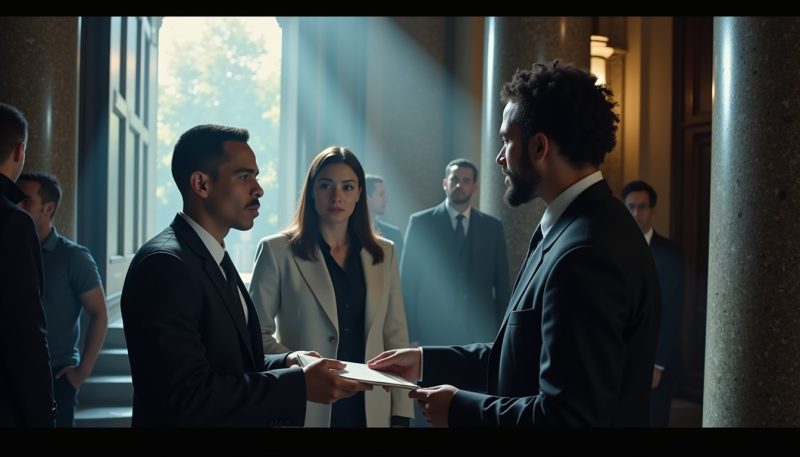V Seethayya vs P Subramanya Somayajulu: A Landmark Property Dispute
The case of V Seethayya vs P Subramanya Somayajulu is more than just a fight between two parties. It’s a classic property dispute that shaped how courts view long-term possession, ownership rights, and the fine line between lawful claim and illegal occupation. Here’s the plain, straight-up breakdown you actually need.
Table of Contents
ToggleHow a Property Dispute Turned Into a Major Legal Lesson
At the heart of the case was a piece of land that both sides claimed ownership over. V Seethayya argued that he had clear rights to the property based on possession and longstanding use. P Subramanya Somayajulu, on the other hand, challenged that claim, insisting that mere possession did not automatically mean rightful ownership.
What started as a simple property fight quickly raised a bigger issue:
When does long possession become legal ownership, and when is it just trespassing?
Why “Possession Is Nine-Tenths of the Law” Was Not Enough Here
A lot of people throw around the phrase “possession is nine-tenths of the law,” but in reality, Indian courts expect more.
In V Seethayya vs P Subramanya Somayajulu, the court made it clear:
- Just having physical control over a property is not enough.
- You need legal backing, like ownership documents or proof of a rightful claim, to turn possession into ownership.
Seethayya’s argument leaned heavily on the fact that he had been in control of the land for a long time. But that, by itself, didn’t impress the court.
What the Court Actually Said — and Why It Matters
The court ruled that mere long-term possession without a valid legal title cannot defeat the true owner’s rights.
In short:
- If you occupy land you don’t legally own, time alone won’t magically fix that problem.
- The person with the original lawful title still has stronger rights, even if they stayed away for years.
This judgment shut down the idea that possession, no matter how long, could override true ownership unless very strict conditions (like adverse possession under the law) are met, and those conditions are very hard to prove.
What Makes This Case Still Important Today
Property fights haven’t gone anywhere — if anything, they’re more common now with rising land values.
V Seethayya vs P Subramanya Somayajulu set a strong example that:
- Ownership matters more than occupancy.
- Squatter’s rights are not an easy win in Indian courts.
- If you’re relying on possession alone, you’d better have solid evidence that meets the very narrow legal rules for adverse possession.
In other words: sitting on someone else’s land for years doesn’t magically make it yours.
If You’re In a Property Dispute, Here’s What You Should Learn From This Case
- Don’t just rely on how long you’ve been using the property. Have legal papers to back up your claim.
- Understand the law on adverse possession before assuming you can claim ownership based on time alone — it’s a tough and risky argument.
- Act fast if someone else takes over your property — courts don’t favor owners who “sleep over their rights,” but having a title still gives you a major advantage.



